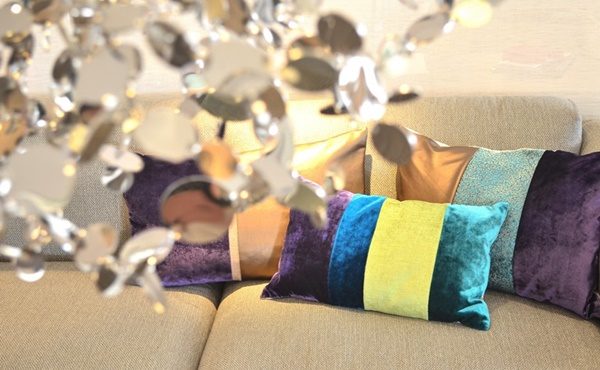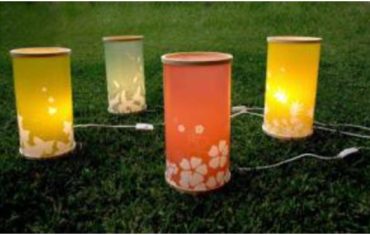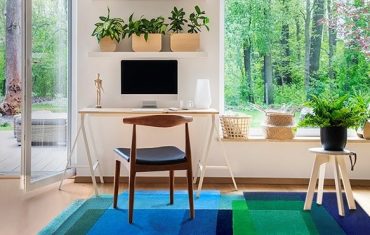While employees are slowly going back to work, there will still be plenty of people working from home in the foreseeable future. Various studies are already predicting that the trend to work from home will increase sharply after the crisis.
Working in a home office, what are the effects of furnishing colours on the human psyche? Which colours are beneficial for your own environment, which ones increase concentration or creativity?
Testing colours in doses
There are different requirements for the home office than for living rooms. This requires a lot of sensitivity, especially when only part of a living space can be converted. The solution here is to first set the tone with coloured home accessories.
The effect of a colour depends on the intensity
The following applies to all colours: The effect depends on the dosage and the personality of the residents. What is positive for one person in high doses can quickly be too much for another person. This is another reason why it makes sense to first test the effect using smaller coloured areas. Placing small coloured highlights in a room has an immediate result and it is much cheaper than painting a room entirely. Coloured home accessories such as pillows are very suitable.
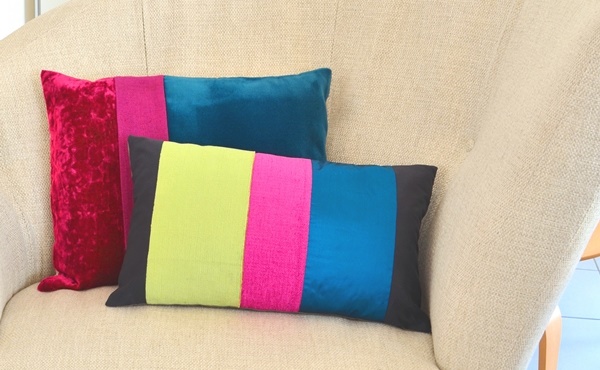
Let’s see what each colour can do for the home office:
Yellow
The colour yellow is very important for the psyche. It promotes zest for life, optimism and joy, has a positive effect on creativity and concentration. Yellow reduces anxiety and depression and can have a positive effect on immune deficiency. Yellow makes small rooms appear larger. This colour is very suitable for offices as well as the home office.
Orange
Orange is also an important colour for our mental wellbeing. Orange increases joie de vivre and optimism, has a positive effect on mood and self-confidence. Rooms with the colour orange radiate cosiness. Orange is the ideal colour for rooms with little daylight. A tip for quick transformation: A few coloured highlights in orange activate these positive effects, even without major renovation work.
Red
Red promotes vitality and energy, it stimulates the immune system. Red should be used in moderation, because too much red makes you restless. Therefore, red living accessories and pillows are suitable for the home office and living rooms.
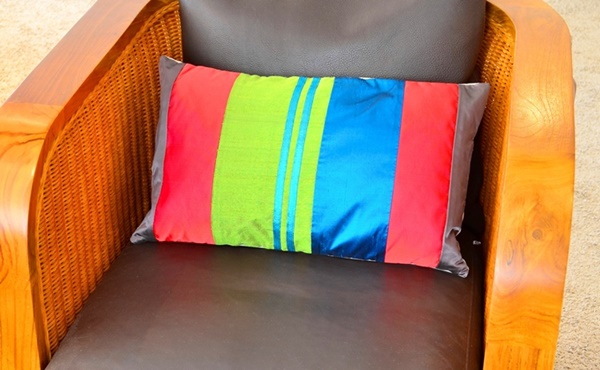
Violet/purple
Violet is the colour of art and inspiration. It promotes self-confidence and concentration. Purple should be used in the form of coloured highlights in a room.
Magenta/pink/Rosa
This colour family stands for idealism, joy and order. Magenta can have a positive effect on mental shocks. The colour conveys inner security.
Brown/earth tones
Rooms that are coloured with brown and earth tones have a calming and balancing effect. In addition, other colours can be used as highlights in the form of pillows, home accessories or plants if you want to use positive effects for the psyche.
Gold
Gold has a stabilising effect on inner uncertainty. Gold promotes inner strength and inspiration. The colour gold is therefore well suited to be used in doses in a home office or in your living area.
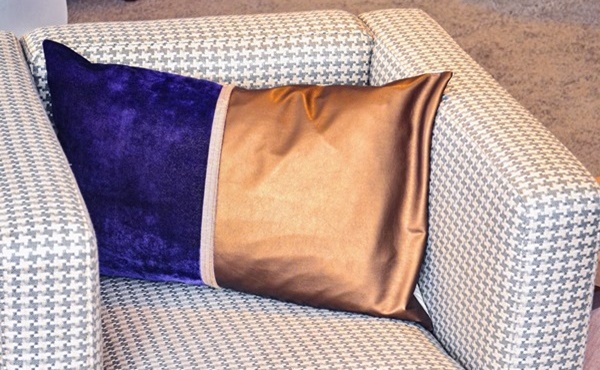
Green
Green harmonises and soothes, it conveys security and hope and increases creativity. Green is therefore also well suited for the home office, but should be used in moderation, for example in the form of plants or coloured home accessories that add pops of colour to green.
Blue
Blue stands for trust and calm, it helps with sleep disorders, but also promotes clear, structured thinking. Blue is often used for relaxation over large areas in rooms, preferably in the bedroom. It can also be used in the home office in the form of coloured home accessories. Small rooms appear larger with a blue wall design.
Turquoise
Turquoise is also recommended for the home office if it is used for small areas or coloured eye-catchers. Because turquoise gives inner clarity, self-confidence and serenity.
White
White can be used very well to brighten up a room or to complement another living colour and enhance its effect through the colour contrast. A completely white room does not stimulate creativity. So white should only be used for part of a room.

Anna von der Heiden is the founder of AN-NA Design



